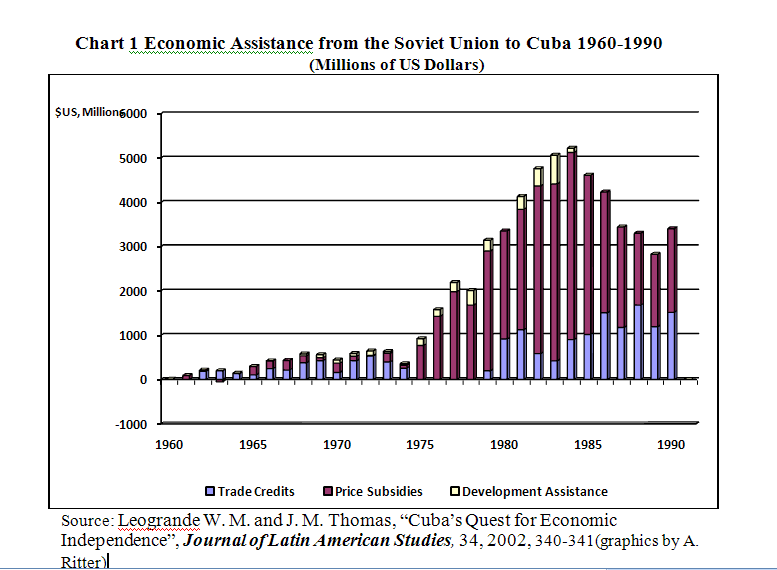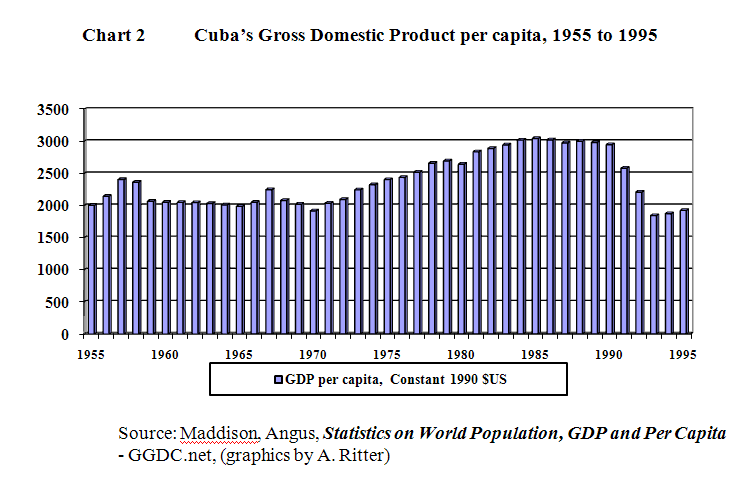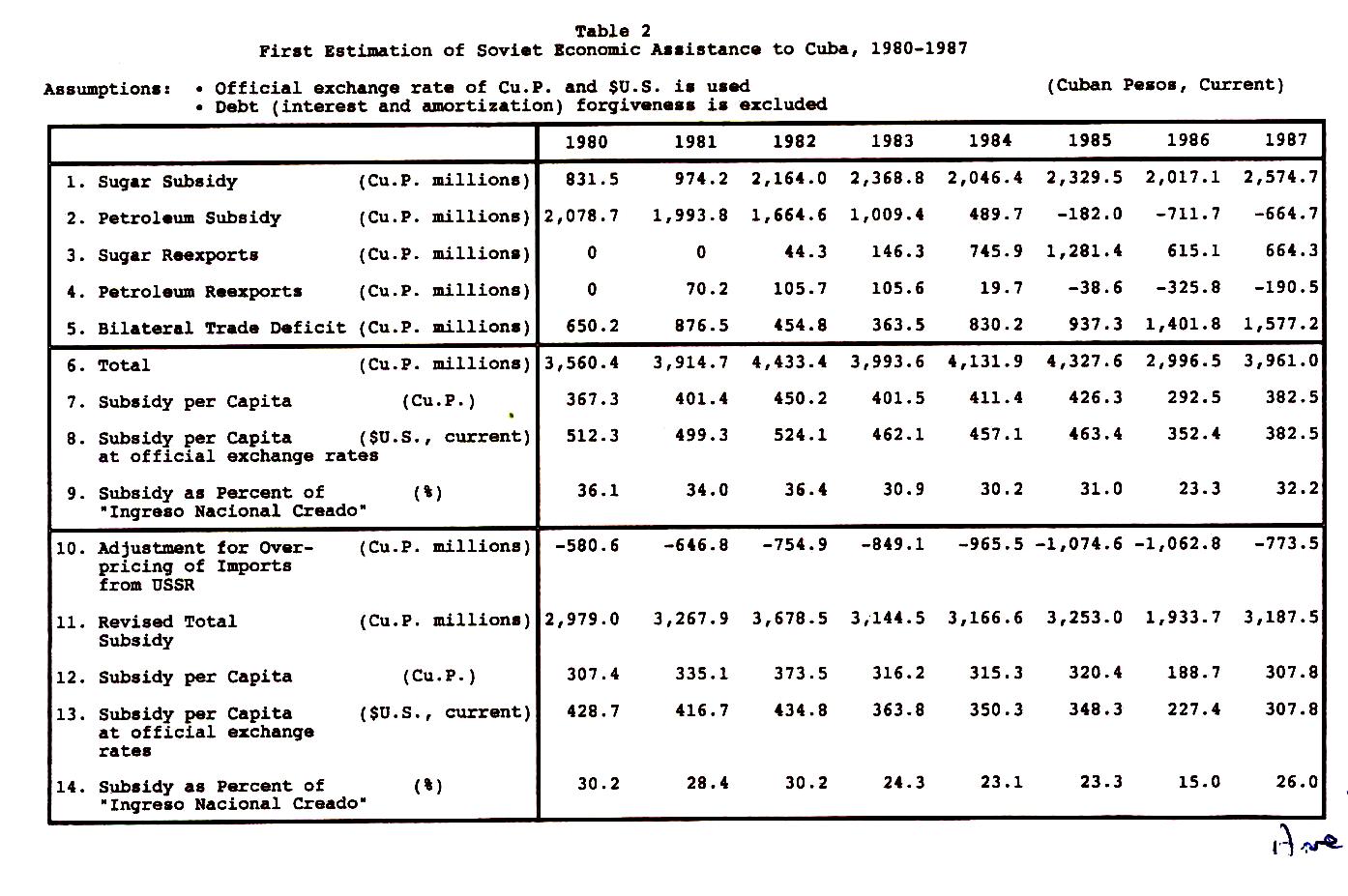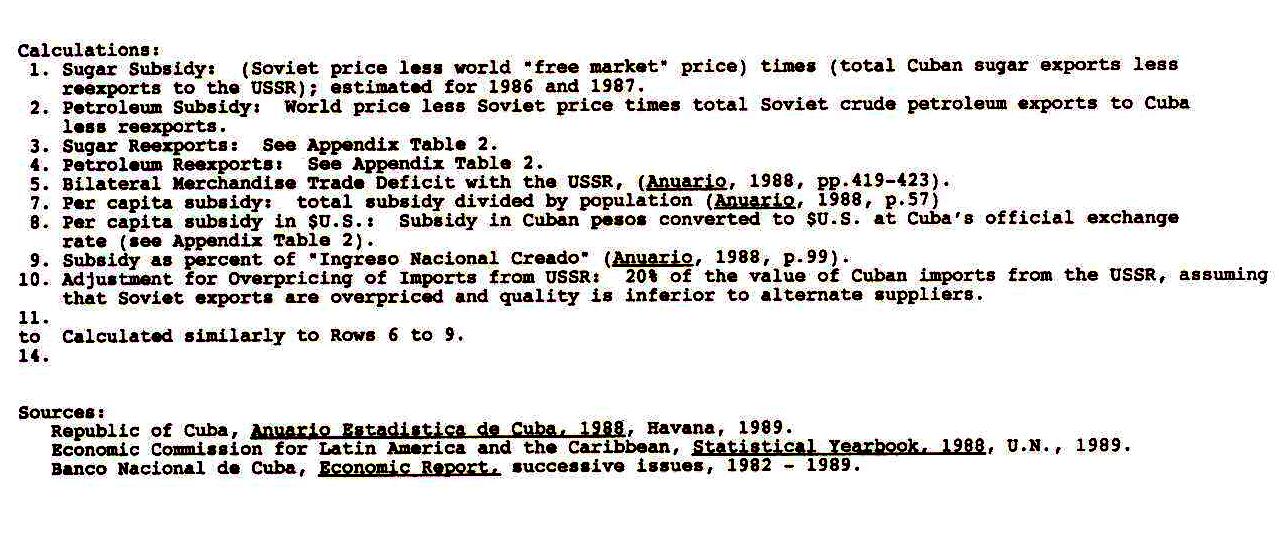“The Cuban model doesn’t even work for us anymore” stated former President Fidel Castro, when asked if Cuba’s economic system was still worth exporting to other nations, by Jeffrey Goldberg, of The Atlantic magazine during an interview in Havana. (JIM WYSS , AND LUISA YANEZ, Miami Herald, September 9, 2010), broken.html.
Was this a throw-away line? A rare moment of candor and self-criticism? Or a mis-translation? Or is the implication that Raul can’t make things work anymore. but he, Fidel, could if he were back in charge?
In fact, the “Cuban Model” was a series of “FIDEL” MODELs. None of them ever worked effectively. They were all characterized by a dictatorial, overpowering and personal control by Fidel himself. From 1959 to 2006, the central feature of Cuba’s economic existence was Fidel’s micro-management of the economy. This was observed and analyzed in 1962 by the French agronomist Rene Dumont who lamented Fidel’s itinerant and ill-informed decision-making on every issue or problem that came to his attention. We saw it in January 2006, shortly before he left office, with “La Revolucion Energetica” in which again he micro-managed the issue.
The abolition of private enterprise in 1961, 1963 and 1968 (with the “Revolutionary Offensive”) has been a continuous disaster, suppressing and wasting the energies and entrepreneurial capabilities of the Cuban people. The 1961-1963 “Instant Industrialization” strategy was a disaster, quickly aborted. Likewise, the 1964-1970 “10 Million Ton Sugar Harvest” plus “New Man” plus Hyper-Centralization were all fiascos that also were aborted in 1970.
The Cuban economic expanded steadily from 1970 to 1985. Unfortunately this success was ephemeral, based as it was on Soviet support as well as a convertible currency debt build-up that led Cuba ultimately to declare a moratorium on debt servicing in 1986.
Cuba’s “Golden Age” of economic prosperity from 1970 to 1986 or so was one of Soviet economic Orthodoxy under-girded by massive Soviet subsidization. This subsidization of the Cuban economy occurred mainly through the pricing of merchandise trade products. The USSR paid a ruble price for its sugar imports from Cuban that was a multiple of the prevailing world price at official exchange rates for many years. At the same time, Cuba paid a price that was below the prevailing market price for its petroleum imports from the USSR. The accompanying chart, derived from the work of William Leogrande, and J. M. Thomas illustrates the magnitudes of the assistance. My own quantitative estimates placed the value of this subsidization at around 23% to over 36% of National Income in the 1980 to 1987 period. (See the Table at the bottom of this note for the detail of the calculations.)
When economic stagnation set in 1985, Fidel designed the “Rectification Process” which was supposed to correct previous errors, re-centralize and de-marketize the economy and reignite economic expansion. This also failed.
Then with the termination of Soviet subsidies came the economic melt-down and the “Special Period in Time of Peace”. The latter in fact is not “special” but instead is the real world. In the “Special Period” the expansion of 2004 to 2008 is in large part due to the special relationship with Venezuela and the subsidization that this has produced. President Chávez supports Cuba through low-cost oil exports to Cuba, export and investment credits, and generous foreign exchange payments for Cuban exports of medical services.
In summary, the various development models and approaches that have dominated in Cuba have been Fidel’s personal models. Fidel Castro is correct in stating that they don’t work anymore. However, they have never worked.
Ritter, Archibald R. M. “The Cuban Economy inb the 1990s: External Challenges and Policy Imperatives.” Journal of Interamerican Studies and World Affairs, 32:3; Fall, 1990.






Pingback: The Cuban Economy - La Economía Cubana | Cuba’s Achievements under the Presidency of Fidel Castro: The Top Ten
Hm, incredible that that GDP per capita maintained steady after 1959 despite the complete elimination of the main trading partner, an exodus of most skilled labour and yet without significant subsidy at that time.
Still, I have a bone to pick with this analysis: It seems extremely dubious to me to consider a trade deficit as a subsidy. Trade deficits have to be paid, either via foreign currency depletion, assets sales, debt accumulation, etc.
I mean if we took trade deficits as subsidies it would mean that the entire world has been directly subsiding the U.S. for at least 20 years (and that would be a much more credible claim since the U.S. has the world reserve currency).
Good morning:
Thanks for the comment.
In fact the embargo hurt Cuba seriously in a variety of ways.
With respect to your main point, Cuba’s accumulated trade deficits with the USSR presumably were financed by loans. However, if such loans never have to be repaid, then the trade deficits are in effect an aid-like transfer. Cuba reneged on some a debt of some 27 billion pesos (US dollars at the time?) so that can be considered as an aid-like transfer.
Regarding the US external debt, I think you are basically right. It presumably will have to be paid back eventually – with the qualifier that the US dollar serves as a reserve currency and the US receives a huge amount of seigneurage from having its currency used as a key currency. If the US$ ever ceases to be a key currency, and countries shit to holding the Chinese currency for financing international transactions and holding as a main reserve, then the US will have to earn back the dollars out there with a lot of major export surpluses.